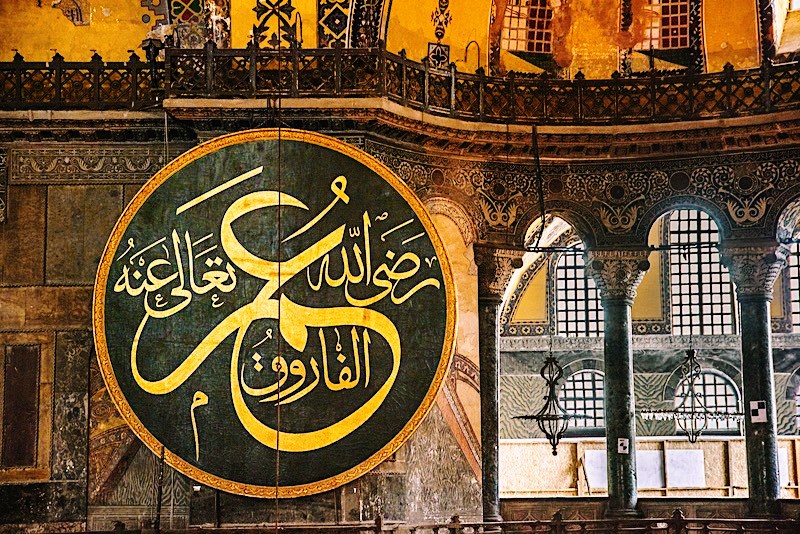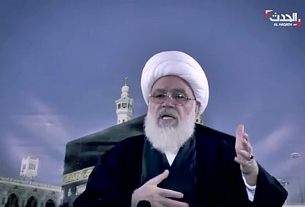Sun 05 July 2020:
Responsibility
Leadership and management
Capture of Jerusalem
By 637, Muslim armies began to appear in the vicinity of Jerusalem. In charge of Jerusalem was Patriarch Sophronius, a representative of the Byzantine government, as well as a leader in the Christian Church. Although numerous Muslim armies under the command of Khalid ibn al-Walid and Amr ibn al-Aas began to surround the city, Sophronius refused to surrender the city unless Omar came to accept the surrender himself.
Having heard of such a condition, Omar ibn al-Khattab left Madinah, travelling alone with one donkey and one servant. When he arrived in Jerusalem, he was greeted by Sophronius, who undoubtedly must have been amazed that the caliph of the Muslims, one of the most powerful people in the world at that point, was dressed in no more than simple robes and was indistinguishable from his servant.
Umar was given a tour of the city, including the Church of the Holy Sepulchre. When the time for prayer came, Sophronius invited Omar to pray inside the Church, but Umar refused. He insisted that if he prayed there, later Muslims would use it as an excuse to convert it into a mosque – thereby depriving Christendom of one of its holiest sites.
Instead, Omar prayed outside the Church, where a mosque (called Masjid Omar – the Mosque of Omar) was later built.
The Treaty of Umar
As they did with all other cities they conquered, the Muslims had to write up a treaty detailing the rights and privileges regarding the conquered people and the Muslims in Jerusalem. This treaty was signed by Omar and Patriarch Sophronius, along with some of the generals of the Muslim armies. The text of the treaty read:
In the name of God, the Merciful, the Compassionate. This is the assurance of safety which the servant of God, Omar, the Commander of the Faithful, has given to the people of Jerusalem.
He has given them an assurance of safety for themselves for their property, their churches, their crosses, the sick and healthy of the city and for all the rituals which belong to their religion.
Their churches will not be inhabited by Muslims and will not be destroyed. Neither they, nor the land on which they stand, nor their cross, nor their property will be damaged. They will not be forcibly converted.
No Jew will live with them in Jerusalem.
The people of Jerusalem must pay the taxes like the people of other cities and must expel the Byzantines and the robbers.
Those of the people of Jerusalem who want to leave with the Byzantines, take their property and abandon their churches and crosses will be safe until they reach their place of refuge.
The villagers may remain in the city if they wish but must pay taxes like the citizens. Those who wish may go with the Byzantines and those who wish may return to their families. Nothing is to be taken from them before their harvest is reaped.
If they pay their taxes according to their obligations, then the conditions laid out in this letter are under the covenant of God, are the responsibility of His Prophet, of the caliphs and of the faithful.
– Quoted in The Great Arab Conquests, from Tarikh Tabari
Think your friends would be interested? Share this story!





